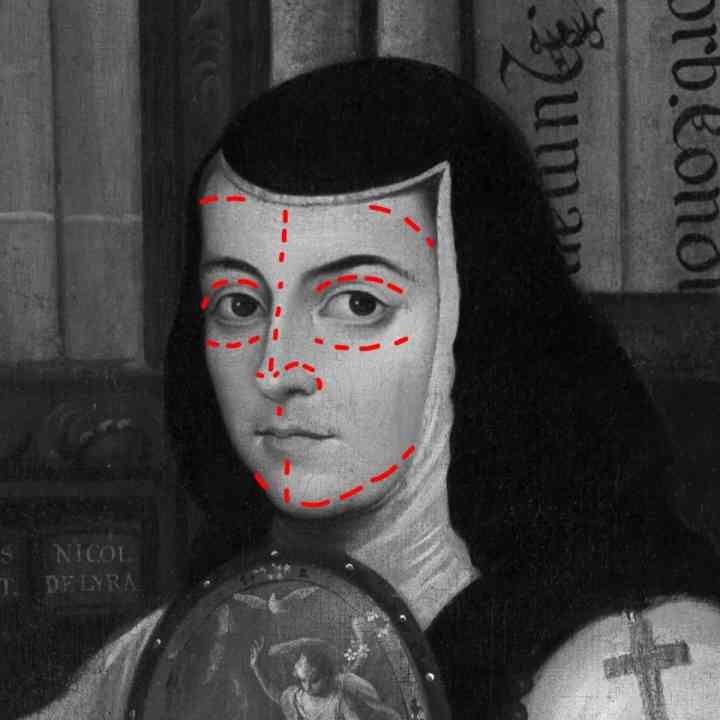
"Physical traits were often interpreted through moral and symbolic lenses, reflecting biases and aesthetic standards of the time, especially in depictions of historical figures."
"In the case of Benito Juárez, intentional modifications in his facial features create an appearance that distances him from his Indigenous roots and conform to Western ideals."
"The retouching of Juárez's facial features on banknotes isn't a minor error, but a deliberate design choice that excludes Indigenous representation."
"Visual media has been used systematically to reinforce narrow beauty ideals, which, unfortunately, have normalized changes in representation, including in national currency."
The article analyzes how physical traits of historical figures like Sor Juana and Benito Juárez have been interpreted through moral and symbolic lenses shaped by cultural biases. For Juárez, photographic evidence is altered to distance him from his Indigenous roots, reflecting broader patterns of whitewashing in representation. The article critiques the normalization of these aesthetic interventions in various media, including national currency, challenging the viewer to recognize and question the implications of such portrayals on societal standards of beauty.
Read at Medium
Unable to calculate read time
Collection
[
|
...
]